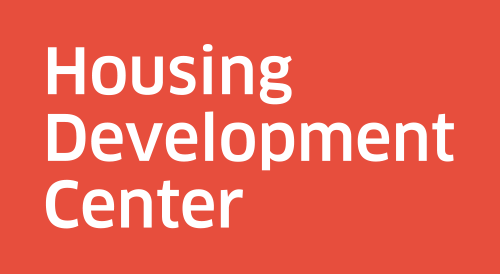Two Strategies to Advance the Housing Preservation Conversation
As I mentioned in my last post, I have been working with a group of affordable housing colleagues from across Oregon, the Preservation Convening group, to seek solutions to a tough and persistent challenge. Stated simply: Oregon’s existing affordable housing provides safety and stability to thousands of seniors, veterans, and working families. But for lack of regular public reinvestment to support their upkeep, these homes are at perennial risk of financial crisis as they age.
Building on past work by Neighborhood Partnerships and Network for Oregon Affordable Housing (NOAH), the Preservation Convening group came to consensus around two strategies to move the housing preservation conversation forward. Here is a quick summary of what those strategies are and how we’ve started putting them into action.
Strategy 1: Measure the Problem
We saw that our industry, policy makers, and the public need better information about the problem. The backlog of repair needs in Oregon’s affordable housing portfolio can’t be addressed without a solid understanding of what those needs are. We made it our job to put a price tag on the portfolio’s repair needs.
What we did: We surveyed more than 50 nonprofit housing owners across Oregon, asking for information about the highest-priority physical needs in their portfolios. We compiled survey responses with data previously collected by NOAH and analyzed the results.
What we learned: In the next five years, it would require an estimated $300 million in public investments to leverage the capital that is needed to address the highest-priority physical needs of 5,000 deteriorating homes.
Next steps: HDC is continuing to gather and analyze property-needs data from Oregon affordable housing owners, with the goal of providing recommendations to policy makers about how to prioritize funding for preservation needs.
Strategy 2: Widen the Frame
We saw that the unfunded capital needs of affordable housing properties are too often talked about as unanticipated crises that owners are responsible for fixing. That narrative is not just unhelpful; it’s misleading. We hired Full Focus Communications to help us rethink how the issue gets framed.
What we did: We developed a message platform for advocacy that builds on shared values; clearly explains the problem why it matters; and presents compelling solutions.
What we learned: To raise support for reliable public reinvestment in affordable housing, we need to start acknowledging affordable housing preservation for what it is: a predictable, ongoing responsibility that all Oregonians share and have a stake in. We also need to step back from using technical jargon—such as “big-P preservation” and “little-p preservation”—that may be confusing more than clarifying matters. (I’ll share what these messages can look in my next post.)
Next steps: Advocates are using the new message platform to communicate about the need for reliable preservation funding to policymakers, the public, and our own industry colleagues.
taking action
The Preservation Convening group’s research and communication efforts are starting to have an impact. Oregon Housing Alliance has used the resources we produced to lobby for a bill, currently under consideration by the Oregon legislature, that would allocate $25 million or more in lottery-backed bond funds to support affordable housing preservation needs around the state in the next two biennia.
Want to stay involved in the conversation on affordable housing preservation? Subscribe to HDC’s newsletter for updates from our policy and industry support team; and get advocacy news and alerts from Oregon Housing Alliance at oregonhousingalliance.org and on Twitter at @Voices4ORHomes.
Emily Schelling is the former director of asset management and initiatives at HDC.

